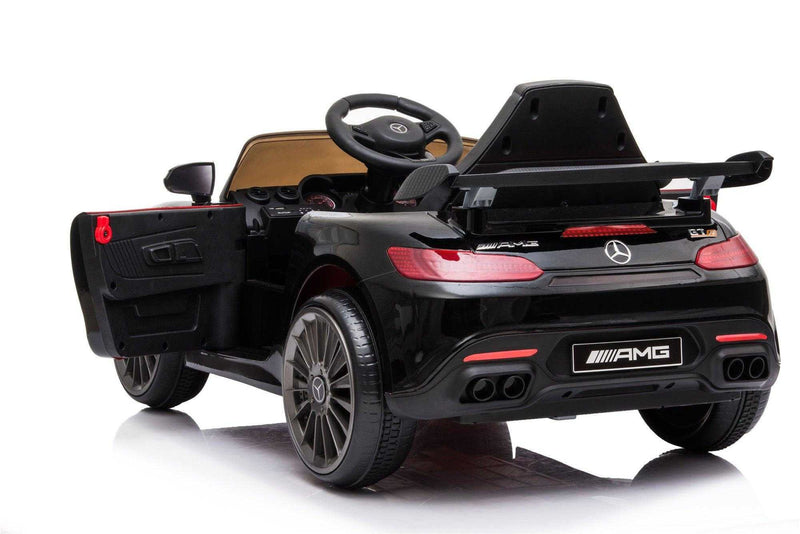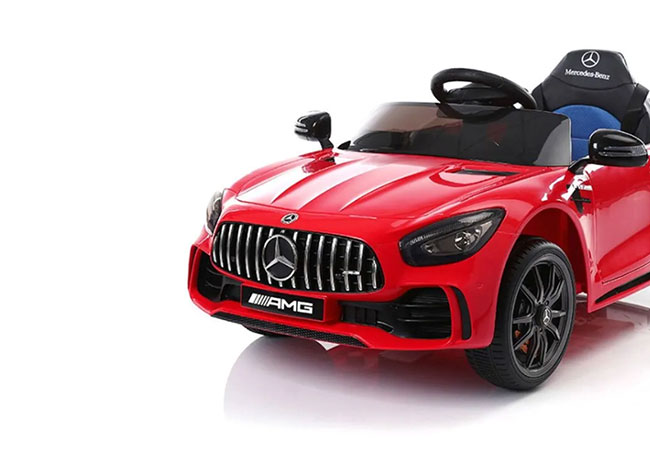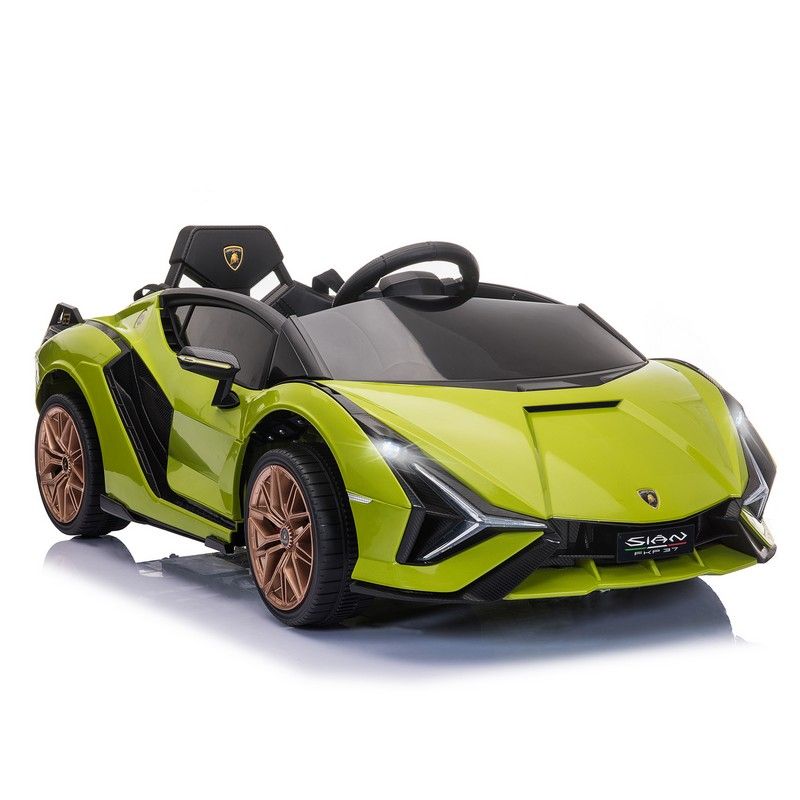Best Tips To Picking Ride On Toys
Wiki Article
What Are The Top Ride-On Cars For Older Kids As Well As Younger Toddlers?
It's important to consider the size, age and developmental stage of your child before deciding on a ride-on car for them. This will ensure that they're secure and have fun with the ride. Here's how you can consider these factors - Age -
The ride-on car should be designed specifically for the age of your toddler. They feature a simple and sturdy design, easy controls, as well as features like buttons, steering wheels or levers. Cars with ride-ons that have broad bases will offer stability and decrease the chance of them falling over.
Children who are older than 3 years age - Older children can handle more sophisticated ride-on cars with additional features and controls. Find cars with adjustable seats, higher weight capacities and interactive features like working lighting, music and even sounds. Look for ride-on cars that offer variable speed settings and parental controls to accommodate various skill levels and ensure safety.
Size
When choosing a ride-on vehicle be sure to consider the weight and height of your child. Choose a vehicle that has a weight and seat height that is comfortable for your child. Avoid large or small cars that are unsafe or uncomfortable to drive.
Legroom and Comfort Be sure that the ride-on car provides ample legroom as well as space for your child to comfortably sit. Make sure you check the dimensions of the car, and ensure it's suitable for your child's.
Developmental Stage
Motor Skills: When choosing the ride-on vehicle for your child make sure you consider your child's ability to coordinate and their motor abilities. Littler toddlers might require simpler features and controls, while older children can navigate more complex controls and features that are interactive.
Confidence and independence. Ride-on cars can help develop independence and confidence as children learn how to steer and control the vehicle. Choose a car which allows your child the chance to improve their motor skills and also their confidence, by allowing them to practice the braking, acceleration and steering on their own.
Pick a vehicle that is interesting and attractive to your child. Pick a car with themes and colors or features that are appealing to your child's preferences, regardless of whether it's a vintage automobile, a sports car, truck, or themed character vehicle.
If you take into consideration your child's age, size, and their developmental stage, you may pick a car that is enjoyable, comfortable, and safe. Your child will be able to have hours of fun as they explore. Read the top rated Audi ride on car for site examples including riding digger, electric ride along car, toy the car, remote control childrens electric cars, childs ride on car, ride on digger, childs car toy, childrens electric cars, toy toy cars, ride on car and more. .

How Do You Maintain And Put Together A Child's Ride-On Car?
It is normal for children' ride-on car to require some assembly along with ongoing maintenance, in order to achieve optimal performance and security. Here are the most common maintenance and assembly requirements for kid's ride-on cars (Assembly)
The majority of ride-on vehicles are assembled and require some assembly upon the arrival. Attaching the various components like wheels, steering wheels and seats, according to the specifications of the manufacturer, is typical.
Follow the steps for assembly with care to ensure that all parts are correctly aligned and attached. For final assembly, use the tools and equipment provided.
Cleaning
For the ride on car to look the best and work properly, regular cleaning is required. Use a soft sponge or cloth dampened with water and mild soap to wash exterior surfaces.
Be particularly attentive to areas susceptible to buildup such as undercarriage, tires, and wheels. To remove the grime and dirt that is difficult to remove make use of a toothbrush or brush to access areas that are hard to reach.
Beware of harsh chemicals or cleaners that are abrasive, since they could damage paintwork or electronic components.
Battery Care –
The battery of the ride on car must be taken care of in a timely manner to ensure that it performs effectively and lasts as long as is possible. Battery care is easy if you follow these guidelines.
The battery must be fully charged prior to first use and after each use to ensure maximum runtime.
Beware of overcharging the battery or leaving the battery hooked to the charger for prolonged durations, since this could cause damage to the battery and decrease its lifespan.
Keep the ride-on vehicle and battery in a cool, dry area when not being used and away from intense sunlight or extreme temperatures.
The battery terminals must be examined regularly for damage and corrosion. They may be cleaned using wire bristles or terminal cleaner should it be required.
Replace it if it isn't holding an adequate charge or shows evidence of damage or deterioration.
Tire Maintenance -
Check the tires regularly for signs of damage, wear or loss of air pressure. If needed, inflate the tire up to recommended air pressure using a bicycle pump or compressor.
Inspect the tread pattern for any debris or other foreign objects that may cause flats or punctures. Clear any obstructions and repair or replace damaged tires if necessary.
Lubricate the wheels and axles bearings periodically to ensure smooth operation and reduce friction.
Repairs or replacements on occasion
Even with regular maintenance, it is possible that ride-on vehicles will need to be fixed or have parts replaced due to wear and tears or accidents.
Be on the lookout for indicators of degrade or malfunction for example, a weird sound and erratic behavior or loss of power. Check the instructions of the manufacturer or call Customer Support for help troubleshooting.
Replace worn-out or damaged parts promptly to prevent further damage and ensure the safety and efficiency of the ride-on automobile.
By adhering to these maintenance and assembly guidelines You can ensure that your kid's ride-on car in top condition and enjoy hours of fun and safe playing time for your child. Follow the recommended read this about Mercedes ride on car for site advice including toy car, car on ride, ride on digger, childs ride on car, toy cars, toy car for car, kidscars, remote control childrens electric cars, electric ride on cars, electric car ride and more. .

What Are The Possibilities For Remote-Controlled Childrens Vehicles? Pros And Pros And
Remote control kids' cars are also referred to RCs or remote controlled cars. They come in a variety of designs, prices and sizes to meet any budget and taste. The pros and cons, along with the dimensions, types, prices, and styles of remote-controlled cars for children are listed below.
Electric RC Cars - Battery-powered remote-controlled cars that are suitable for both outdoor and indoor use. They are available in a variety of styles, including buggies, trucks and sports cars.
Nitro RC Cars - Gas-powered remote-controlled cars that have higher speeds and performance but require more care and experience to run. They're larger and generally more expensive than electric RC Cars.
Scale models are a replica of real life vehicles including trucks and cars. They are also operated remotely. The sizes of scale models range from 1-10 to 1--24. Larger models have more details and greater real-world realism.
Sizes -
Remote controlled cars for children are available in different sizes. From tiny to full-size replicas, they are available in a variety of dimensions and shapes. Size can affect the efficiency of a vehicle, its speed, and its handling characteristics.
Micro-sized automobiles are compact and lightweight. This makes them perfect to use indoors with smaller children. The larger models offer greater power and durability, making them suitable for off-roading and racing.
Prices
Prices differ based on the size, features brand and build quality.
Small electric vehicles are available for purchase at prices of $20 to $100 bigger electric and nitro-powered RCs can be purchased for $100-$500 or more.
Models and top-of-the-line hobby RC cars cost from several hundred to more than a 1000 dollars, based on the degree of detail.
Pros and Cons -
Pros -
Entertainment - Children's remote control cars can provide hours of excitement and enjoyment for both children and adults.
Development of skills The RC car can help children improve their spatial awareness as well as hand-eye coordination.
Social Interaction RC cars are fun to play with families and friends, encouraging the social aspect and cooperation.
Customization - Many RC vehicles can be upgraded with modifications and accessories that can improve their performance and appearance.
Cons
Cost - A top-quality model with advanced features can be expensive, especially hobby-grade models.
Learning Curve: Operating a RC car requires practice and skill. Children younger than 10 may struggle to control the controls.
Maintenance: Cars in RC require regular maintenance that includes cleaning, oiling, and occasionally replacing parts or repairs.
Safety concerns RC automobiles pose a security danger, and could cause electrical hazards, accidents and falls if used without supervision by an adult.
The best remote control children vehicles are ones that offer an educational and exciting experience to kids of all ages. When selecting the best model for your child it is important to consider several factors, including dimensions, features for price as well as safety. The RCs that are designed for hobby use may be ideal for older kids and enthusiasts while simpler models will suit youngsters and children who are just beginning to learn. Take a look at the most popular McLaren kids car for more recommendations including car on ride, electric ride on, two seater childrens electric cars, childs ride on car, remote control childrens car, toy ride, ride on toy, electric toy car, a toy car, riding digger and more. .
